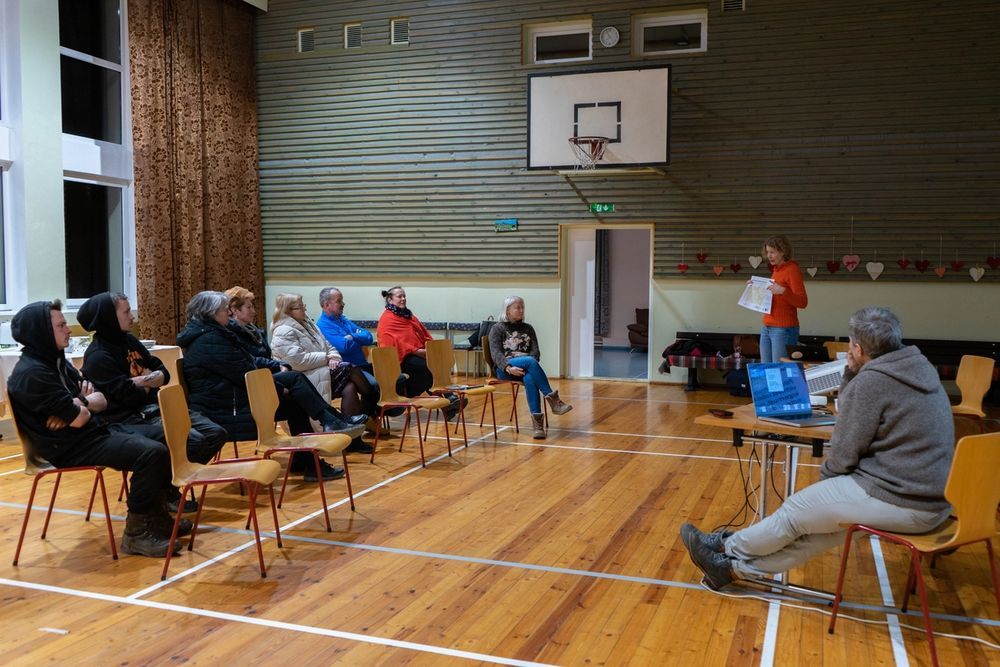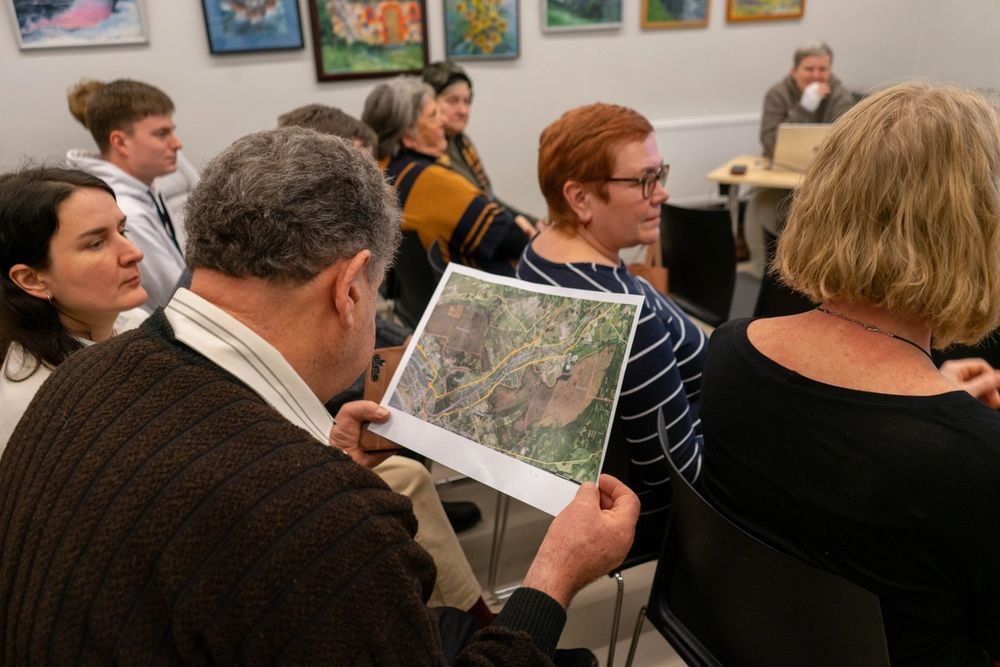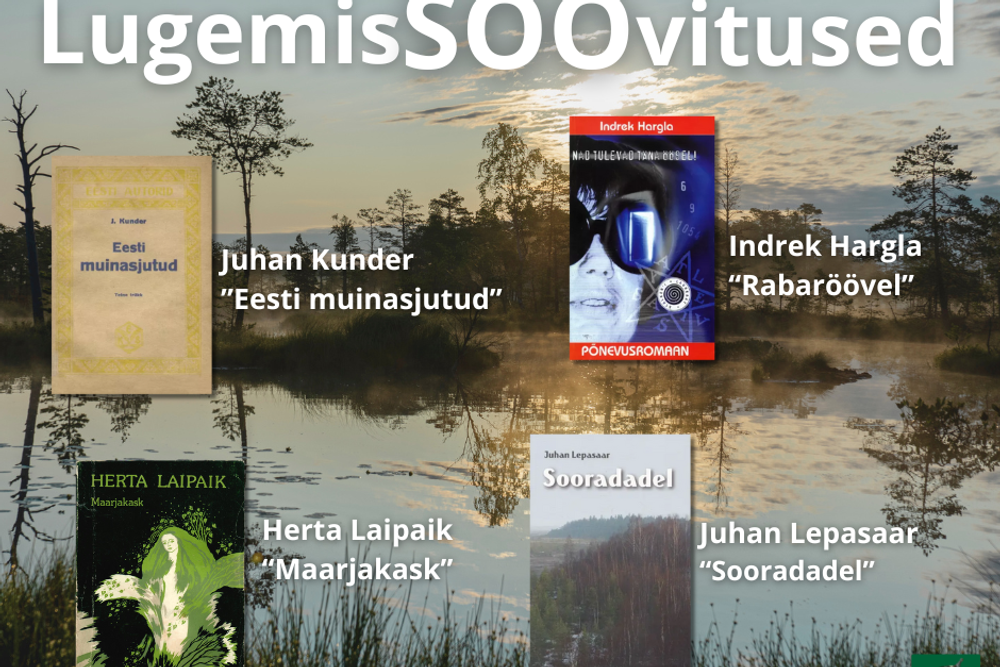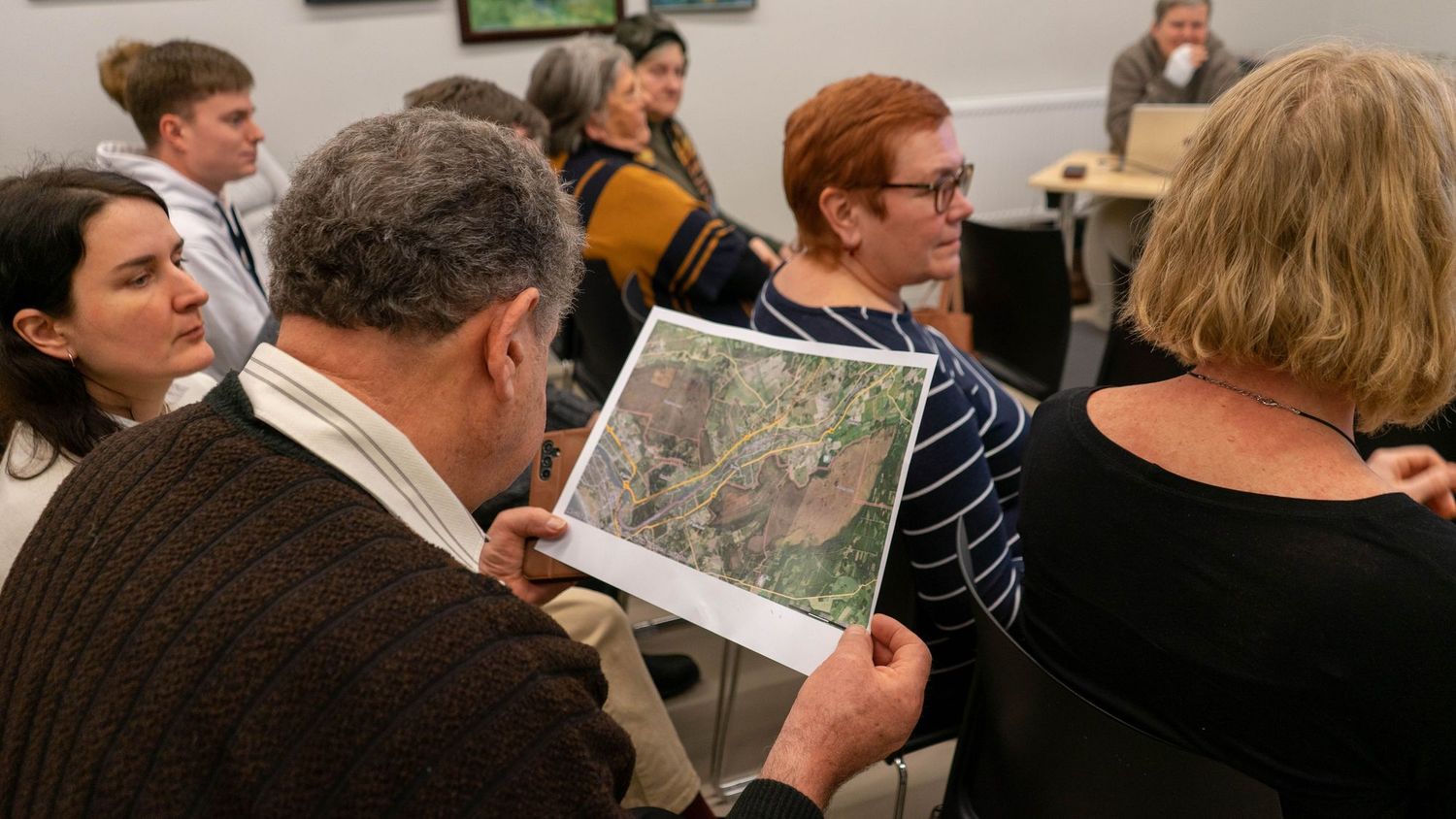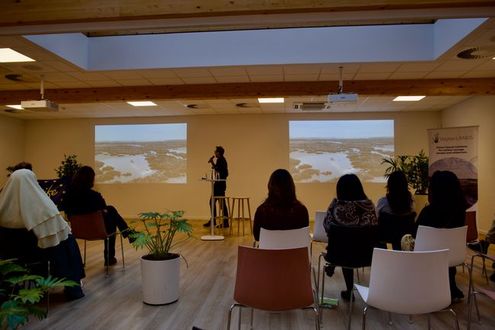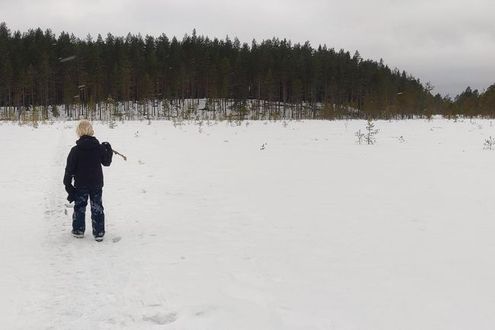To celebrate World Wetlands Day 2025, the WaterLANDS action site Pärnu Catchment located in Estonia organised two events with local citizens living in the nearby areas Kõrsa (22.01.2025) and Lavassaare (05.02.2025).
WaterLANDs artist-in-residence, sculptor and installation artist Elo Liiv is planning to create a landscape artwork for both the Kõrsa and Lavassaare bogs. Intending to integrate folklore into her art, she took the opportunity of World Wetlands Day to invite locals to think about who or what could symbolise these wetlands, both of which present enormous potential for restoration.
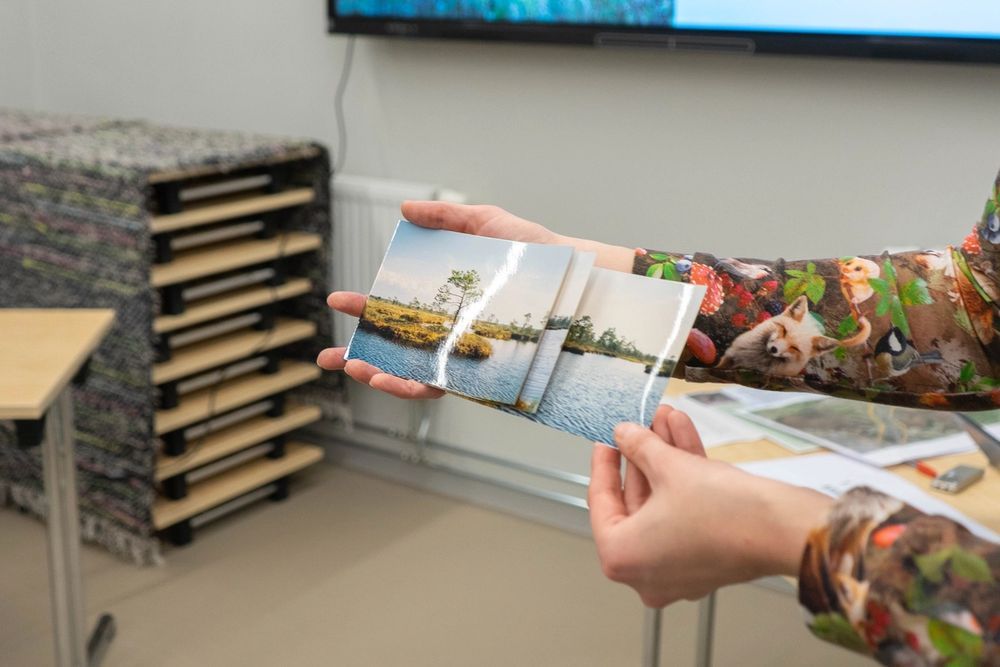
The Lavassaare exhausted peat fields (807ha) are currently drained, have almost no vegetation cover and represent a huge carbon emitter. This site has great potential for integrated wetland restoration. Similarly, the Kõrsa abandoned peat extraction fields (241ha) are also drained, with inappropriate revegetation. Kõrsa has great potential for integrated recreation and wetland restoration due to its proximity to local communities, who will be heavily involved in restoration through citizen science projects that will facilitate planning, implementation and monitoring.
The artwork planned by Elo Liiv will involve planting cranberries and other marsh plants in the two bogs in such a way that the plants will blend in with nature. Based on feedback and ideas from locals during the World Wetlands Day discussion evenings, the artist is planning to create sketches of the work and put them to a community vote. As part of the two events, the artist also introduced some of her previous work, which is characterized by versatility, installation and experimentalism and talked about what inspired her to feature the theme of wetlands.
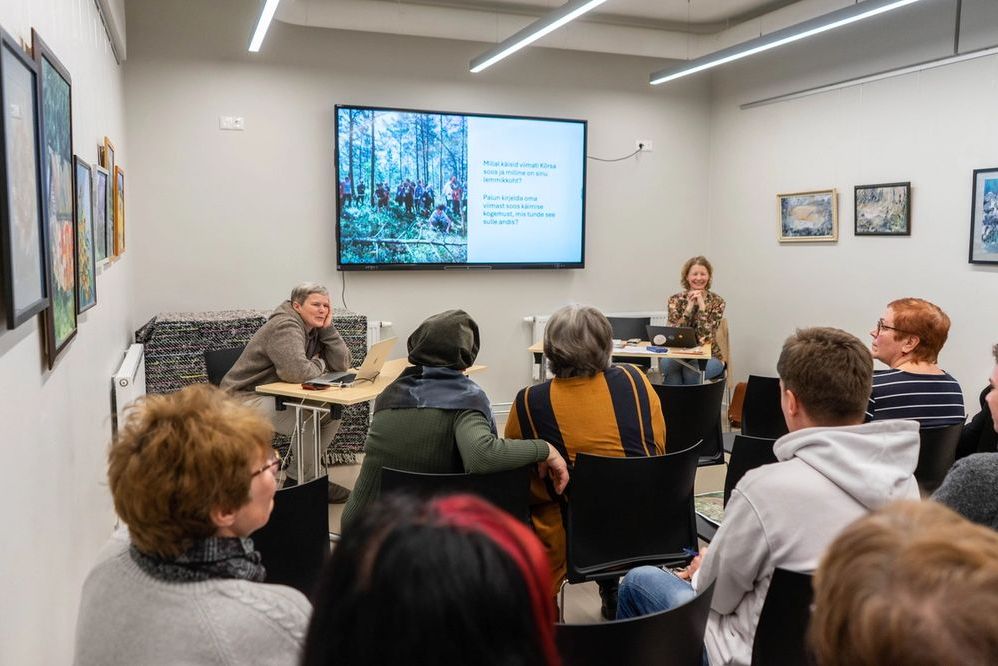
The Pärnu catchment is an example of a landscape-scale restoration opportunity that ties various wetlands habitats, from bogs to river meadows, into a hydrologically connected landscape. It offers huge biodiversity benefits due to its large size, variable habitats and proximity to existing large-scale restoration sites. Rewetting will restore long-term carbon sinks and will prevent further oxidative emissions. Learn more about the WaterLANDS Action Site here.
